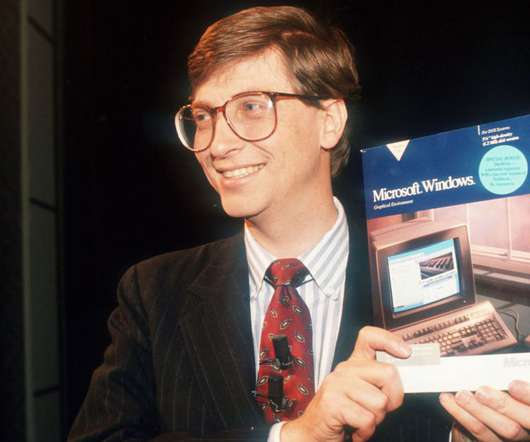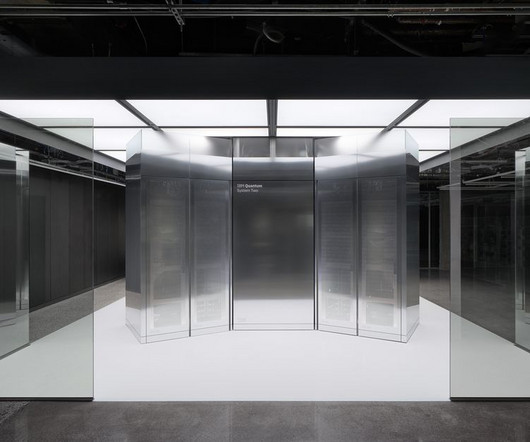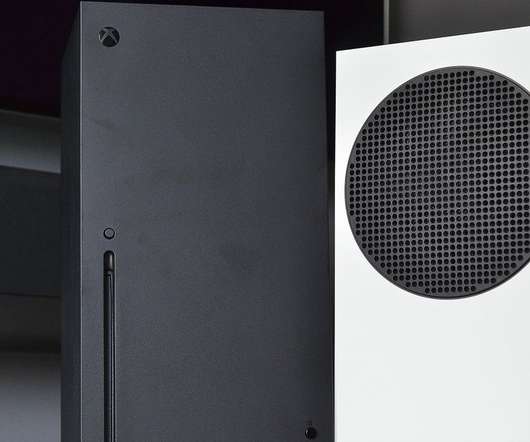Windows turns 35: a visual history
The Verge
NOVEMBER 20, 2020
While Apple had been ahead in producing mouse-driven GUIs at the time, it remained focused on the combination of hardware and software. This approach to providing software for hardware partners to sell their own machines created a huge platform for Microsoft. Microsoft moved to a 32-bit architecture and introduced the Start menu.














Let's personalize your content